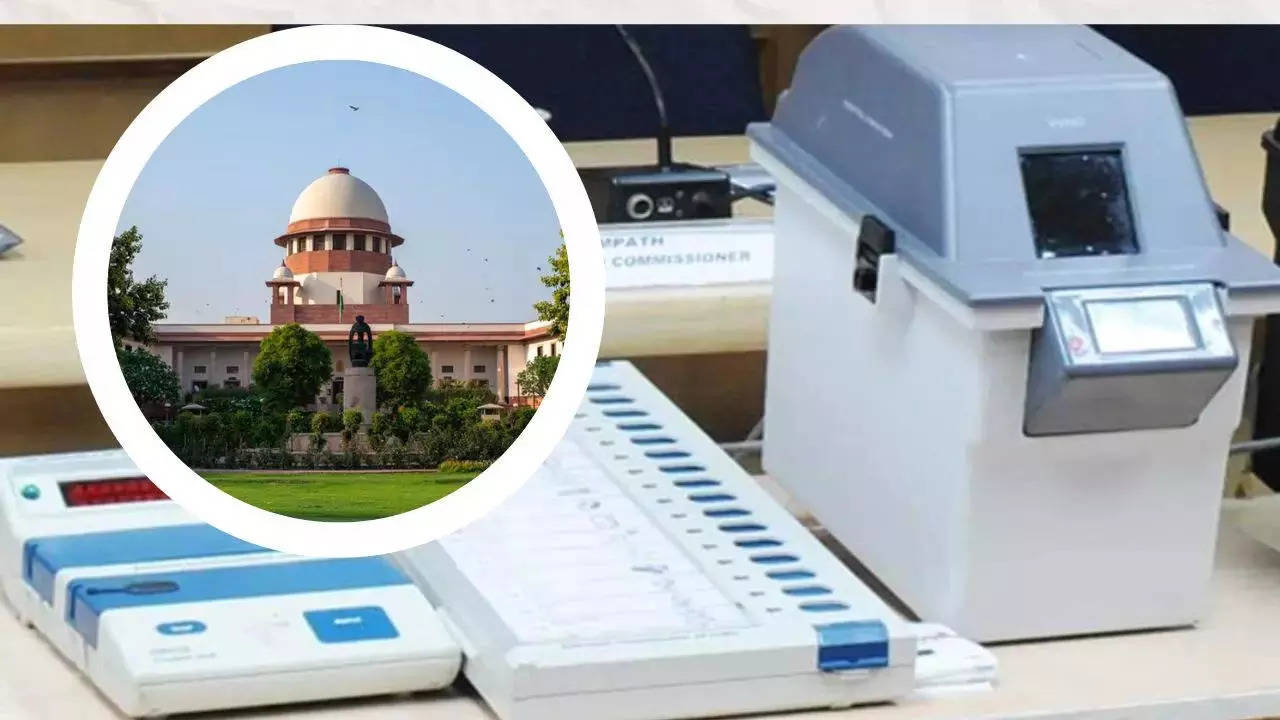Maintaining Electoral Honesty: A Statistical Viewpoint on the EVM-VVPAT Situation

Disappointment and discussion have been generated by the recent ruling in India on the Electronic Voting Machine (EVM) and Voter Verifiable Paper Audit Trail (VVPAT) cases, which involved both citizens and specialists. This talk primarily explores statistical ideas and how to use them to make sure that elections are conducted in an impartial manner. Making a connection to past occurrences, particularly the peculiar instance of Indiana's endeavor to enact legislation regarding the value of pi, serves as a reminder of the essential principle that scientific, mathematical, and statistical realities cannot be capriciously enforced by governmental or judicial entities.
The Supreme Court of India's order on a uniform sample size for each Assembly Constituency has drawn criticism for deviating from accepted statistical sampling theory in the context of VVPAT-based audits of EVMs. Although VVPAT verification verifies that votes have been counted as cast, it does not remove the possibility of EVM manipulation or malfunction, hence a strong audit system in line with statistical principles is still required.
Problems with the Court's Order
Despite its good intentions, the Court's decision does not adequately address several important issues that are necessary to guarantee the effectiveness of the audit process. The ruling ignores basic ideas of statistical sampling theory by dictating a uniform sample size without defining the population of EVMs to whom it applies. To add to the confusion around the audit protocol, it is unclear what should be done in the event of a malfunctioning EVM.
The recommended sample size, according to critics, is insufficient to identify such differences with the appropriate degree of confidence. The fundamental goal of VVPAT verification is undermined by statistical analysis, which shows that the likelihood of not detecting a malfunctioning EVM remains unacceptablely high under the Court-mandated sample size. The Election Commission of India (ECI) has stated that there aren't many cases where the counts from the VVPAT and EVM aren't the same, but this assertion ignores the structural problems with the audit mechanism as it stands.
Filling in the Blanks
It is essential to put in place a statistically sound VVPAT-based audit system that can identify inconsistencies with a high degree of precision in order to safeguard the integrity of the election process. To do this, the population of EVMs must be defined, and explicit procedures must be set up for dealing with faulty units found during the audit process. To strengthen confidence in the election process, a statistically rigorous method must be taken instead of depending on arbitrary percentage samples, which provide no assurance of correctness.
According to the suggested management-by-exception strategy, the matching process should be started at the beginning of the counting day, and the outcomes should be determined by the EVM counts in cases where a perfect match is discovered. When there is a discrepancy, the full population of EVMs' VVPAT slips should be manually counted, and the VVPAT count should be used to determine the outcome. This methodology not only maintains statistical principles but also achieves a balance between audit process accuracy and efficiency.
In summary
To sum up, the ruling in the EVM-VVPAT case emphasizes how crucial it is to match election procedures with basic concepts of quality assurance and statistics. Although it is admirable that the current strategy deviates from accepted statistical norms, protecting the integrity of the democratic process is not achieved by this means. It is imperative that the audit protocol be revised going ahead in order to guarantee a transparent and statistically sound procedure that instills confidence in both stakeholders and public.
Adhering to strict statistical sampling principles and adopting a management-by-exception strategy, India may create a strong VVPAT-based audit system that can accurately identify and resolve any inconsistencies. We can only preserve the integrity of the democratic process and guarantee that every vote counts by taking such steps.
